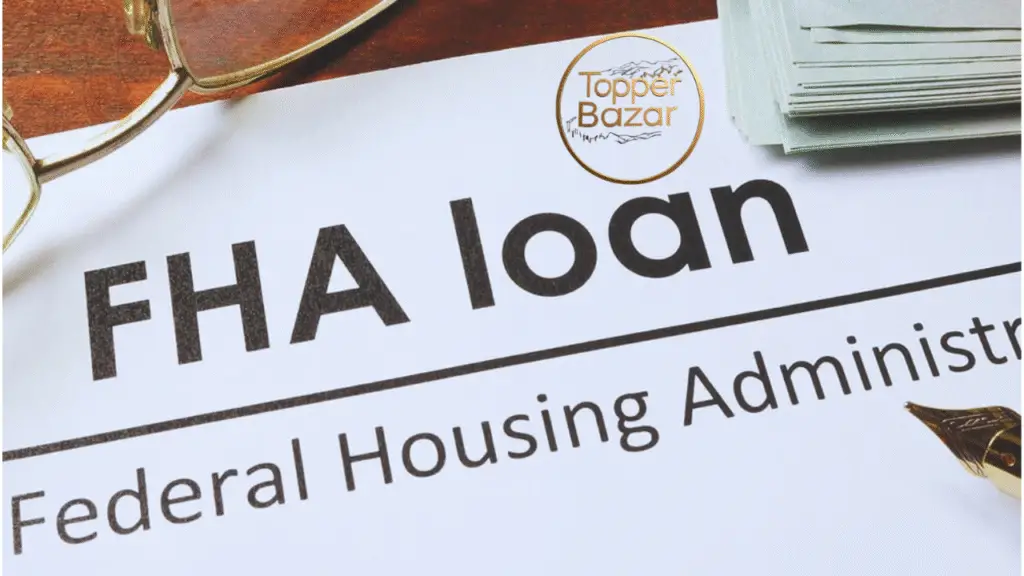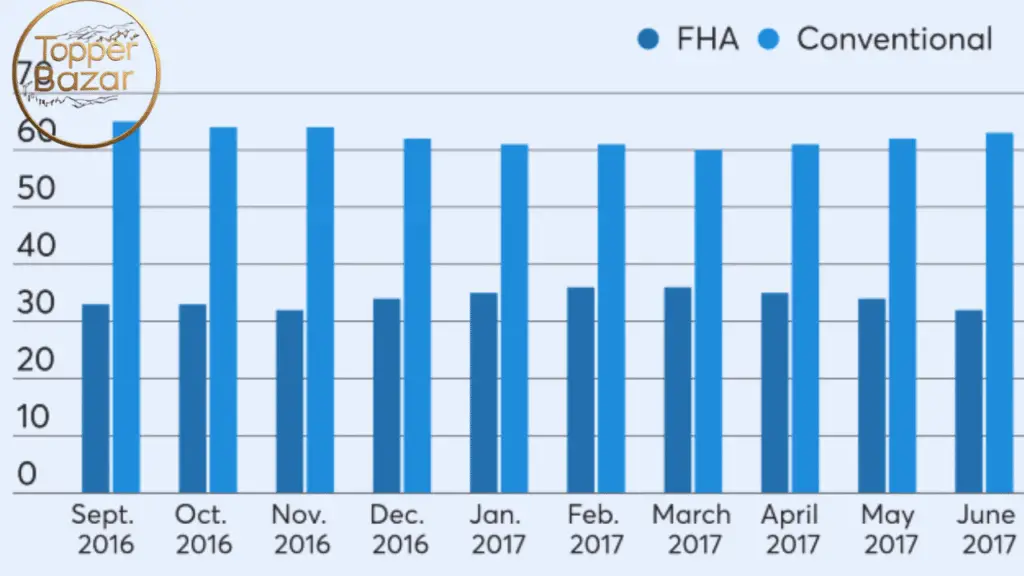An FHA Loan, or Federal Housing Administration loan, is a U.S. government-backed mortgage designed to help first-time buyers and those with lower credit scores or limited savings achieve homeownership. While FHA loans are not available in the UK, understanding their mechanics can highlight similar opportunities in the UK property market for 2025, where house prices are expected to rise 2–4%. This article explores how FHA loans work, their benefits and drawbacks, and UK equivalents like Lifetime ISAs and Shared Ownership that support personal finance and property investment goals for UK buyers.
What is an FHA Loan?
An FHA Loan is a mortgage insured by the U.S. Federal Housing Administration (FHA), part of the Department of Housing and Urban Development (HUD). It’s issued by FHA-approved private lenders, not the government, and allows borrowers to qualify with lower credit scores (as low as 500) and smaller down payments (3.5% for a credit score of 580+). For example, a £200,000 home (equivalent to ~$250,000) requires just £7,000 down with a 580 credit score. FHA loans are for primary residences only, not investment properties, and are popular among U.S. first-time buyers. In 2025, FHA loan limits range from $524,225 in low-cost areas to $1,209,750 in high-cost regions, like San Francisco.

How FHA Loans Work
FHA loans reduce lender risk through government insurance, encouraging favorable terms. Borrowers pay:
- Down Payment: 3.5% (credit score 580+) or 10% (500–579). Funds can come from savings, gifts, or grants.
- Mortgage Insurance Premiums (MIP): An upfront fee (1.75% of the loan, e.g., $3,500 on a $200,000 loan) and annual premiums (0.15–0.75%, paid monthly, e.g., $125/month on $200,000). MIP lasts the loan’s life unless 10%+ is paid upfront, canceling after 11 years.
- Loan Limits: Vary by county, with 2025 limits from $524,225 to $1,209,750 for single-family homes.
- Property Standards: Homes must meet HUD safety and structural requirements, verified by an appraisal.
Borrowers apply through FHA-approved lenders, providing pay stubs, tax returns, and bank statements. A debt-to-income (DTI) ratio below 43% and no recent bankruptcies (within 2 years) or foreclosures (within 3 years) are required.
Benefits of FHA Loans
FHA loans offer advantages that could inspire UK buyers to seek similar schemes:
- Low Down Payment: 3.5% down (e.g., £7,000 on a £200,000 home) is lower than many conventional loans (10–20%), ideal for those with limited savings.
- Flexible Credit Requirements: Qualify with a 580 credit score (or 500 with 10% down), unlike conventional loans needing 620+.
- Assumable Loans: Buyers can take over an FHA loan when purchasing, potentially keeping lower rates.
- Competitive Rates: FHA rates (e.g., 6.62% for 30 years) are often lower than conventional (6.83%), saving on interest.
- Multi-Unit Properties: Finance up to four-unit homes, with rental income offsetting mortgage payments if you live in one unit.
UK Equivalents to FHA Loans in 2025
Since FHA loans aren’t available in the UK, several schemes mirror their low-deposit, buyer-friendly approach in the UK property market, projected to grow 2–4% in 2025:

- Lifetime ISA (LISA): For 18–39-year-olds, save up to £4,000/year with a 25% government bonus (max £1,000/year) for homes under £450,000. Saving £200/month for 5 years yields £15,000, covering a 5% deposit on a £300,000 home.
- Shared Ownership: Buy 25–75% of a home and pay rent on the rest, reducing upfront costs. For a £300,000 home, a 25% share (£75,000) requires a £3,750–£7,500 deposit, with rent on the rest.
- First Homes Scheme: Offers 30–50% discounts on new builds for first-time buyers earning under £80,000 (£90,000 in London). A £300,000 home could cost £150,000, needing a £7,500 deposit at 5%.
- 95% Mortgages: Lenders like Santander offer 95% loan-to-value (LTV) mortgages, requiring 5% deposits (e.g., £10,000 on a £200,000 home), similar to FHA’s low down payment.
Using a House Value Calculator with UK Schemes
A house value calculator, like those on Zoopla or Rightmove, complements these schemes by estimating property values to set realistic budgets. For a £250,000 home, a calculator confirms affordability, helping you plan a £12,500 deposit via a LISA. It also aids investors by estimating rental yields (e.g., 6% on a £200,000 property with £12,000 rent). In 2025, with a buyer’s market (12% more homes available), calculators help negotiate 5–10% below asking prices, especially in softer southern regions.

Strategies for UK Buyers in 2025
- Use a House Value Calculator: Estimate home values on Zoopla to ensure affordability within LISA or Shared Ownership limits. A £300,000 home may be negotiable to £285,000.
- Maximize LISAs: Save £150–£200/month for 5–7 years to fund a deposit, leveraging the 25% bonus.
- Research Regions: Target high-growth areas like Manchester (5% price growth) or Northern Ireland (9.5–15.2%) for better value and returns.
Real-World Impact
A UK couple saved £15,000 via LISAs over 5 years, buying a £300,000 Manchester home with a 5% deposit before the stamp duty hike, mirroring FHA’s low-deposit appeal. An X post described a U.S. buyer using an FHA loan to buy a four-plex with 3.5% down, living in one unit while renting others, a strategy UK buyers can replicate with Shared Ownership in multi-unit properties. These highlight how FHA-inspired schemes drive homeownership.
FHA Loans and UK Personal Finance
While FHA Loans aren’t available in the UK, their principles—low deposits, flexible credit—apply to UK schemes like LISAs and Shared Ownership. Saving £150/month in a LISA for 7 years yields £12,600 with the bonus, funding a deposit for a £250,000 home. These schemes build equity, unlike renting, and support goals like retirement by growing wealth through property. Using a house value calculator ensures purchases align with budgets, fostering disciplined investing.
Conclusion
Understanding FHA Loans highlights accessible homebuying strategies, even if they’re U.S.-specific. In the UK’s 2025 property market, schemes like Lifetime ISAs, Shared Ownership, and 95% mortgages offer similar benefits, requiring low deposits and supporting first-time buyers. Use house value calculators on Rightmove, target high-growth regions, and act before April’s stamp duty changes. With careful planning, UK buyers can leverage these tools to achieve homeownership and build financial security.




